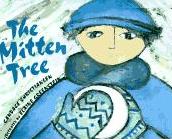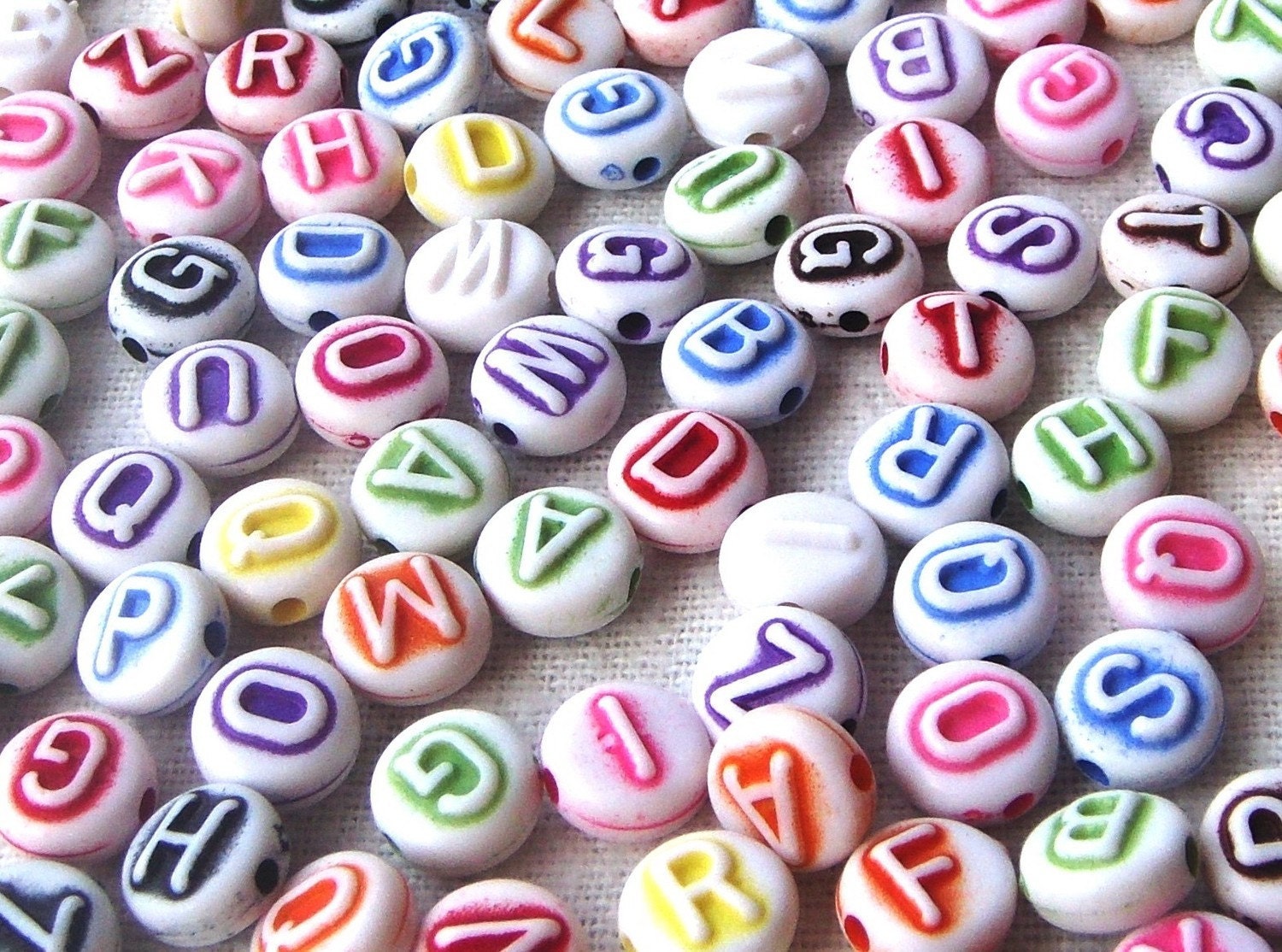This year I decided I'd try my hand at a very simple Fair Isle or stranded knitting pattern. I picked up the skull and crossbones from Evelyn Skae on Ravelry, and the blue snowflake through a Google Search for Fair Isle graphs.The patterns were great for me, since they were A) Free and B)Easy
I learned a lot about stranded knitting in the process. The most important lesson being that it's really, really easy to accidentally leave holes in your knitting while stranding two colors, so it's important to twist your threads. I saw a few extremely detailed tutorials on exactly when and in which direction to twist yarn that were way over my head. The most useful info I found on this was at The Complete Idiot's Guide. It's a great tutorial for beginners.
 |
| Holes on the right side |
Also, it doesn't seem to be possible to do stranded work on any kind of ribbing, since ribbing moves the yarn from back to front constantly, and you really can't do that with Fair Isle. Any kind of stranded knitting has to have a 'dedicated back' where you can hide all the less than pretty color changes.
So, how did I make two ribbed scarves with a Fair Isle pattern? I cheated. I did the ribbing (for these scarves I used K1, P1) until I reached a good place for the pattern, then switched to stockinette (Knit one row, Purl one row) to do the Fair Isle pattern, then switched back to ribbing.
It really worked out pretty well. The stockinette part isn't that noticeable except to other knitters, especially on the black scarf. I did try to do a design using only stockinette with a seed stitch border, but in the end it didn't look very scarf-like, so I frogged it and tried this method instead. Success!
Some tips on doing this
1. Leave a border of ribbing on either side of your stockinette section. This will make it a lot easier to pick up the ribbing when you're done with the stranded work, and the edges of the scarf won't have an obvious border change that will make the stranded part really stand out.
2. Also, the stranded work will be wider than the ribbed part of the scarf. See how the scarf flares out where the skull and crossbones section is?
The next time I do this, I'm going to switch to a smaller needle when doing the stranded section. Hopefully that will prevent that flared look.
3 .Knit the graph from bottom to top on the first end of the scarf and from top to bottom on the other end. Otherwise, the scarf will have one upside down image when the wearer puts in on.
4.The back isn't going to make you happy.
On a sweater or hat, the stranded back is hidden, but not on a scarf. One way to fix this would be to make your scarf extra wide so you can seam the sides together, or you can knit a tube scarf in the round. Or you can just live with it. Hopefully the strands on the back won't catch on too many things (keys, bicycle handlebars, etc), especially if you do the floats correctly.
5. Make sure you tension things properly. If you pull the yarn too tight when you're knitting with two colors, the image will end up puckered. If you leave things too loose, the floats on the back will cause a lot more problems. This part takes a little practice, but keep trying and you'll catch on.
And the last and most important thing to remember is that if you want to make your own design, use knitting graph paper. Knitting stitches are wider than they are tall, so knitting from a design made with regular graph paper will produce an image that looks horizontally squished, as though it had been stepped on. Simple images, like a Christmas tree, will still be recognizable, but anything complex might end up as a hopeless mess. Trust me on this one.
Knitting graph paper is available in many places online. Incompotech is one source, if you want to make your own to suit your gauge, or if you're like me and can't figure out gauge correctly, you can get this kind, which will help you make a simple pattern.
These scarves and hats are for The Mitten Tree, a local charity that distributes donated items to children at local schools. Hopefully the kids will look past or ignore the flaws that I can see, and enjoy them anyway. And next year, maybe I'll give gloves and mittens another try.






 Sarah, an old lady, lives by herself. She misses her grown children and
so, she watches the children who wait for the school bus near the big
evergreen tree. Although Sarah smiles at them as she walks by, they
ignore her. When she notices a little boy, dressed in blue, who can't
enjoy the snow play because he has no mittens, she finds some blue yarn
and knits a pair of mittens which she hangs on the tree at the bus stop.
Nobody sees her do it but the little boy in blue arrives first at the
bus stop that morning, and seems to know the mittens are for him.
Sarah, an old lady, lives by herself. She misses her grown children and
so, she watches the children who wait for the school bus near the big
evergreen tree. Although Sarah smiles at them as she walks by, they
ignore her. When she notices a little boy, dressed in blue, who can't
enjoy the snow play because he has no mittens, she finds some blue yarn
and knits a pair of mittens which she hangs on the tree at the bus stop.
Nobody sees her do it but the little boy in blue arrives first at the
bus stop that morning, and seems to know the mittens are for him.





